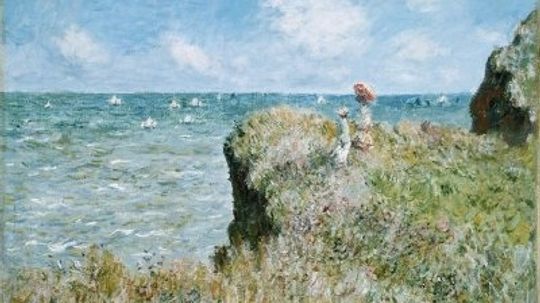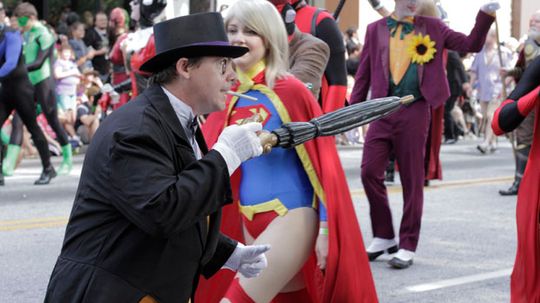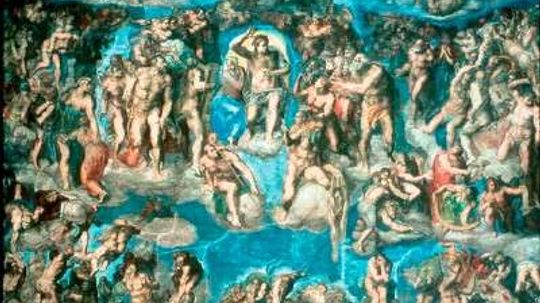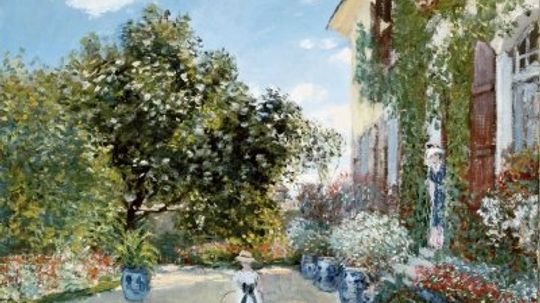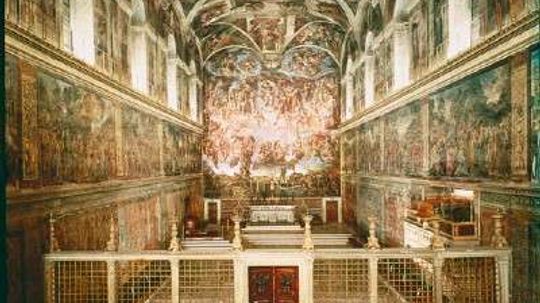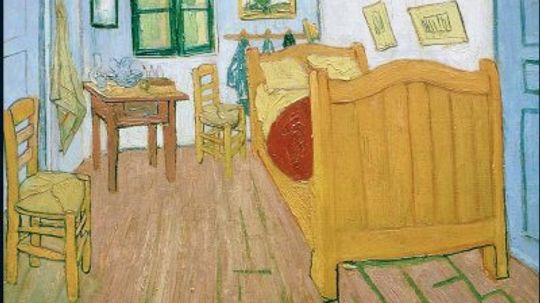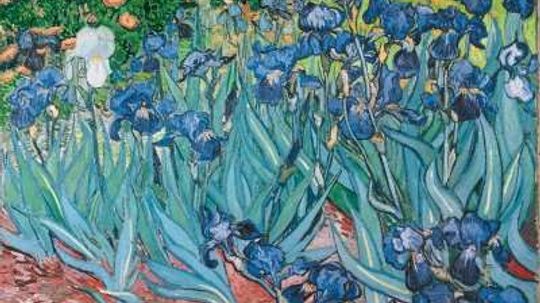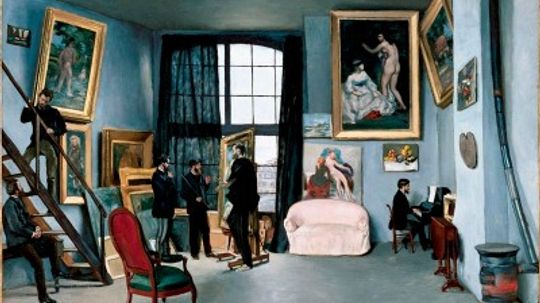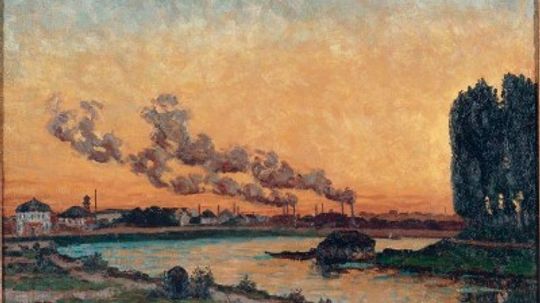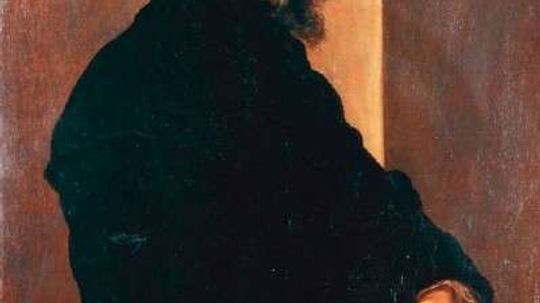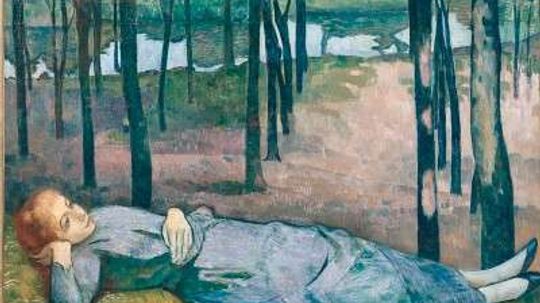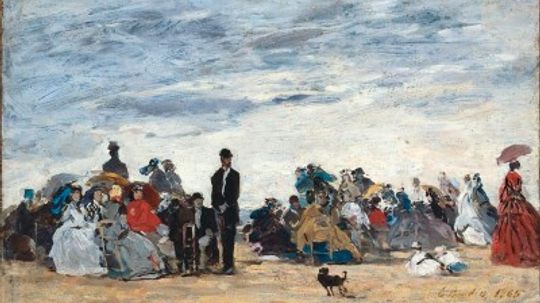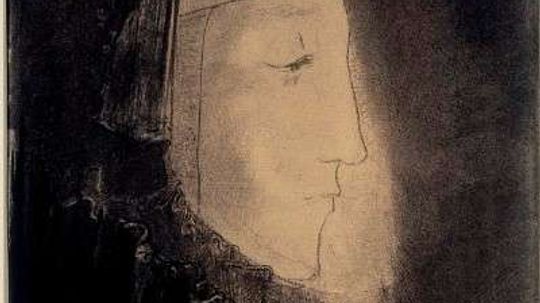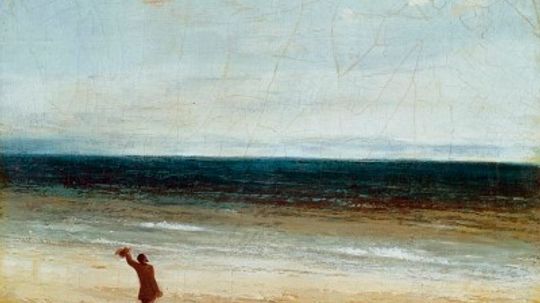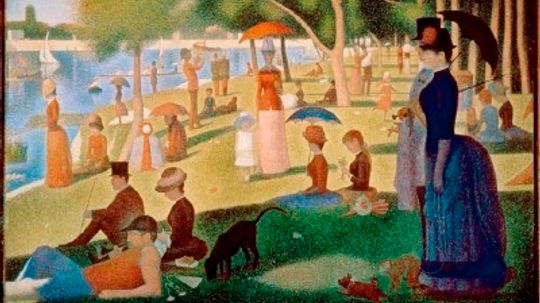Arts
Arts give us a way to explore our lives and the lives of others, whether it's on canvas, on-stage or on a page.
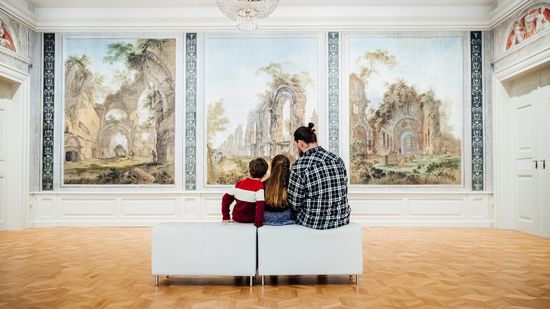
7 Types of Art to Find in Museums, on the Street and Beyond

6 Tertiary Colors in Graphic Design, Fashion and Decor

How to Use Neutral Colors for Sophisticated, Understated Looks
Is the 'Lovely Assistant' the Real Magician?

Dear Tony Robbins, THIS Is How You Walk on Hot Coals

Ringling Bros. Retiring Elephants Early. PETA Still Not Smiling

10 Most Powerful DC Characters: A Highly Subjective List

The Most Powerful Marvel Character: 15 Strong Contenders

7 Manga Websites With Quality Options (Both Free and Paid)

The Scariest Books of All Time Prey on Your Insecurities

5 Types of Conflict That Make Things Interesting (For Better or Worse)

What Is Personification? All About a Common Literary Device

The Magical Art of Cambodian Shadow Puppetry Has Entertained for Centuries
10 Groundbreaking Broadway Musicals

A High-stepping History of the Rockettes
Learn More / Page 9
The Claude Monet paintings of 1879-1886 depict the artist as the epic poet of nature. See some of Claude Monet's most famous Impressionist paintings and learn more about the techniques involved to make them.
Dragon Con, an annual sci-fi and fantasy convention in Atlanta, can be quite overwhelming for the first-timer. Make sense of the sensory overload with our guide to surviving Dragon Con.
Michelangelo's Last Judgment is located in the Sistine Chapel and is one of his last works. Seething with nudity and brutality, it was criticized because the massive and contorted figures were thought indecent. View and learn about the Last Judgment.
Advertisement
The great cathedral of the Vatican St. Peter's Basilica is Michelangelo's crowing architectural achievement. Michelangelo was the chief architect on this great work from 1546 to 1564, but the artist never saw it. Read more about the building of it.
Claude Monet gave the Impressionist movement its name and is one of its most prominent masters. Learn about Monet paintings from 1861 to 1874.
Michelangelo's Sistine Chapel ceiling took the master artist four years to complete. Pope Julius II commissioned the painting, which Michelangelo refused at first. Read the fascinating story behind this amazing work of art.
One of Van Gogh's most famous paintings, The Bedroom, was inspired by the artist's favorite home. He called it his "Yellow House" and its color soon became his signature shade.
Advertisement
Some of Van Gogh's most famous paintings, including "Starry Night," were painted while the artist was hospitalized for seizures. This article explores his experiences outside the Paris art scene and provides in-depth information on many of the paintings he did during this period.
After he left the asylum at Saint-Remy, Vincent van Gogh completed nearly 80 paintings in two months in Auvers-sur-Oise before committing suicide. Learn about the final works of van Gogh, the last treasures of an amazing twentieth-century artist.
The artistic career of Vincent van Gogh lasted only a decade but the passionate expression and daring color of his paintings has fascinated viewers for more than a century. Learn about Vincent van Gogh and his amazing artwork.
Michelangelo is one of the most remarkable artists in history. His masterpieces include David and Last Judgment and his artwork can also be seen in magnificent frescoes on the Sistine Chapel Ceiling.
Advertisement
Gustave Caillebotte was an Impressionist painter whose personal wealth was a cornerstone in the Impressionist exhibitions while his background as an engineer and architect was evident in his sleek urban views. View his paintings on urban life.
French Impressionist Frederic Bazille was part of the group that formed around the great Edouard Manet. Unfortunately he was killed in battle during the Franco-Prussian War in 1870, before the Impressionist group really saw much success. See his paintings.
Setting Sun at Ivry, by Jean-Baptiste Armand Guillaumin, incorporates many of Impressionist trademarks. The painting is an oil on canvas and is housed in Musée d'Orsay, Paris.
With a life full of spiritual, political and artistic struggle, Michelangelo's story is much deeper than his well-known masterpieces. Defying his father at an early age, Michelangelo took up art instead of business -- a decision that changed the history of his life, as well as art itself.
Advertisement
Banks of the Seine was among Stanislas Lepine's contributions to the first Impressionist exhibition. Banks of the Seine is an oil on canvas painting on display at Musée d'Orsay, Paris. Learn more about this beautiful painting.
A close friend of both Paul Gauguin and Vincent van Gogh, Bernard painted his sister while on a summer trip to Pont Aven, Brittany in 1888. See the painting and learn more about this post-Impressionist painter and the style of synthetism.
Eugen Boudin was long fascinated with how the light reflected on sand and water. It was his work that inspired many of the creations of Claude Monet. La Plage de Trouville is Boudin's most famous painting and has inspired many great impressionists.
Odilon Redon was part of the first group to really pose a challenge to the Impressionists, offering an alternative venue for progressive art. His work was evocative, fantastic and mysterious rather than rigorous and scientific. View his paintings.
Advertisement
The Banks of the Oise by French impressionist Charles-Francois Daubigny is a luminous example of a plein air composition. This oil on canvas painting is housed in Musée des Beaux-Arts in Bordeaux, France. Learn more about this painting.
As a an outspoken advocate of "realism," a modern approach that was frank in style and unsentimental in expression, impressionist painter Gustave Courbet used a dark palette to paint depictions of ordinary life. View some of his seascape paintings.
The Gleaners is Jean-Francois Millet's most famous Impressionist painting. The Gleaners is an oil on canvas which can be seen at Musée d'Orsay, Paris. See The Gleaners and learn why Millet painted the life of rural France.
Henri Fantin-Latour was inspired by Impressionists' innovative style and honored famous artists and the intellectual elite in his paintings. See why he is best known for his Impressionist portraits, and view examples of his works, including a portrait of Edouard Manet.
Advertisement
Hilaire-Germain-Edgar Degas is famous for his Impressionist paintings of dancers. They composed over half of his works. See examples of his art and learn about his technique of creating a sense of spontaneous observation in his paintings.
Impressionism is a form of art developed in the late 19th century as a rejection of conventional style. Famous Impressionist artists include Edouard Manet and Pierre-Auguste Renoir. See colorful images of Impressionist paintings.
